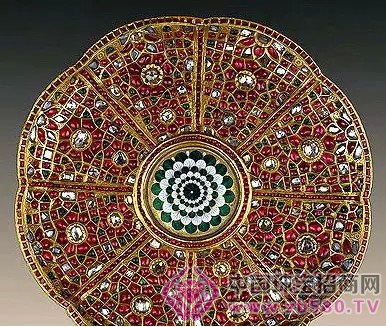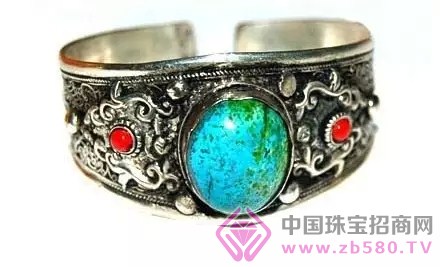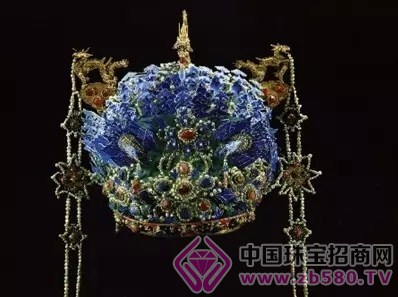How to clean underwear is correct? What to wash underwear; better
As early as in ancient times, our ancestors chose beautiful materials from nature, such as animal teeth, fish bones, shells, gravel, jade, agate, etc., which were processed into beads, rings, and pendants to beautify people. They are The earliest cultural creation of mankind, the earliest colored gem art.

Among the colored gemstones unearthed in Henan Xinzhenfei Ligang Culture and Zhejiang Hemudu Culture, there are Songshizhu, Songshi, Yuxi, Jade, Jade, and Ivory utensils. It is the earliest colored gemstone ornament discovered in China, belonging to the Neolithic Age. Early (7000-8000 years ago).
Shang and Zhou is a slave society in China. At this time, there has been a hand workshop for producing colored gemstones on a considerable scale. Hard gemstone jewelry can also be finished.
On the basis of the styling and ornamentation of the successor Zhou Caibao, the Warring States, Qin and Han Caibao improved their styling ability and presented new features of vividness, liveliness, interest and appreciation. The unearthed colored gemstone funeral objects embodies the ancient mysterious view of the gemstones. It is believed that the gemstones have the auspicious protection of the people, the soul does not scatter after death, and the body does not rot.

Buddhism flourished in the Tang Dynasty, and there were many jade Buddhas in the temple hall. The gemstones were used to decorate Buddha ornaments. The colorful treasures of the Tang Dynasty are completely out of the category of ancient jade, and they are novel and unique. The Tang Dynasty began to communicate with foreign countries and conduct cross-border business. Therefore, after the Tang Dynasty, the jade artifacts unearthed from the tombs were significantly reduced, and a considerable number of gold and silver inlaid gemstone ornaments appeared. This was due to the influence of ethnic minority culture and foreign culture.
In the Song and Yuan Dynasties, the craftsmanship of the colorful treasures has reached a qualitative leap, and began to use the natural beauty of colored gemstones.
The Ming Dynasty advocated skillfulness and was a period of comprehensive development of the color treasure. Vessel shapes, figures, animals, flowers and birds, and gold and silver gems for jewelry are all dazzling.

In 2001, a large number of royal jewels of value in the city, including the gold, jade, porcelain and silverware, were unearthed in the tomb of Liangzhuang Wang (1411~1441) in Zhongxiang City, Hubei Province. Also included: 173 rubies, 148 sapphires, 50 emeralds and many other gems, can be described as full of gold and jade, jewels, one of which is transparent sapphire, weighing 200 carats, about 40 grams, known as the largest one currently found in China. Transparent sapphire.
The Qing Dynasty was the most versatile and widely used period. The colored gemstones of the Qing Dynasty were exquisitely designed and blended in style, and the craftsmanship was exquisite and exquisite, and meticulously meticulous. Many handed down masterpieces were difficult to reach in modern times. For example, the Qing Dynasty used a variety of different gems as the official hat top to show the level of the officials and the size of the power; the top of the first officer was ruby, the top of the second officer was coral, mostly red, and the three officials The top of the hat is sapphire, and the top of the four-grade official is lapis lazuli...

After the founding of the People's Republic of China, China's gem art has been developed and prospered. The real development of China's gemstone industry is after the reform and opening up. Under the influence of the world's gemstone heat, China has also set off a national "color gem heat".
Nylon Laptop Backpack,Waterproof Laptop Backpack,Hand Withdraw Laptop Backpack,Colors Laptop Backpack
SUZHOU INNEST IMP.&EXP.TRADING CO.,LTD , https://www.suzhouinnest.com